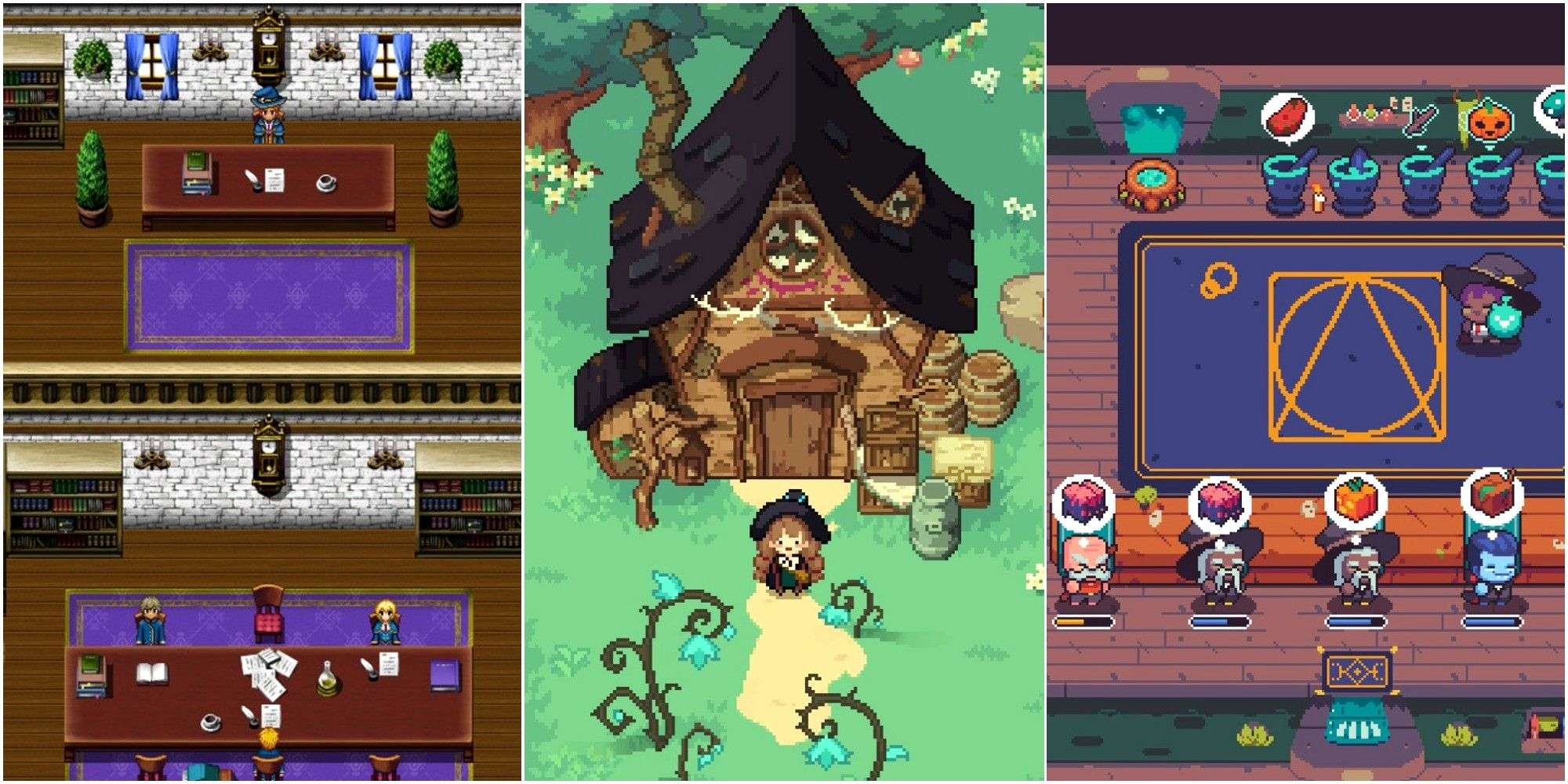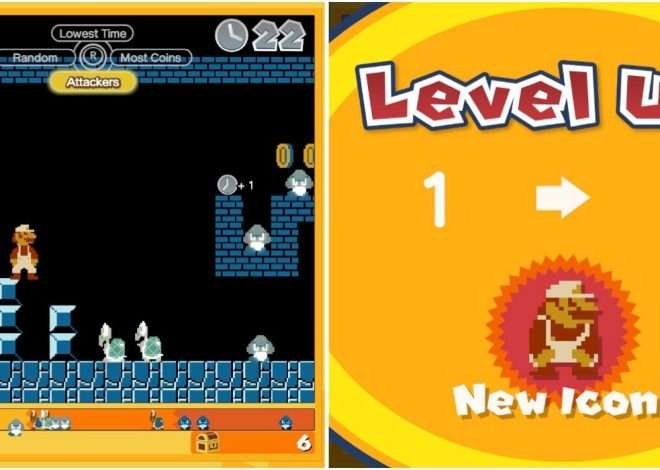
Witchy Indies: Exploring Narrative Boundaries in Witchcraft-Themed Games
The world of indie gaming is a vast and ever-evolving landscape, a fertile ground where creativity flourishes and innovative ideas take root. Within this vibrant ecosystem, certain titles emerge, pushing the boundaries of genre and challenging conventional expectations. In this article, we embark on a journey to explore a unique corner of the indie gaming world: witchcraft-themed narrative games. These games, often imbued with a distinct artistic vision and a penchant for unconventional storytelling, offer players experiences that transcend the typical interactive narrative, questioning what it truly means to engage with a story in a digital space.
The Allure of Witchcraft: A Narrative Foundation
Why witchcraft? The answer lies in the inherent narrative potential of the subject. Witchcraft, with its rich history, symbolic language, and association with the mystical and the marginalized, provides a compelling backdrop for storytelling. It offers opportunities to explore themes of power, oppression, rebellion, and the complex relationship between humanity and the natural world.
Beyond the Stereotypes: Redefining the Witch
Traditional depictions of witches in popular culture often lean heavily on stereotypes – the green-skinned crone stirring a cauldron, or the seductive enchantress wielding dark magic. Indie games, however, are increasingly challenging these tropes, presenting nuanced and multifaceted portrayals of witches as individuals with complex motivations, vulnerabilities, and relationships.
- Exploration of personal struggles and internal conflicts.
- Focus on community and connection within witchcraft traditions.
- Examination of the ethical implications of magical practice.
These games often delve into the historical context of witchcraft, examining the persecution and marginalization faced by accused witches throughout history. This historical lens adds depth and resonance to the narrative, allowing players to empathize with characters who have been historically silenced and misunderstood.
Deconstructing Narrative: Challenging Traditional Game Structures
The most compelling aspect of these “witchy indie” games is their willingness to experiment with narrative structure. They often eschew traditional linear storytelling in favor of more fragmented, ambiguous, and player-driven experiences. This approach challenges players to actively participate in the construction of the narrative, interpreting events and piecing together the story from fragmented clues and evocative imagery.
Non-Linear Storytelling: A Web of Possibilities
One common technique is the use of non-linear storytelling. Players may be presented with multiple paths through the game, each leading to different outcomes and revealing different aspects of the story. This allows for a greater sense of agency and encourages multiple playthroughs to uncover all the secrets and nuances of the narrative.
Environmental Storytelling: The World Speaks Volumes
Another key element is environmental storytelling. The game world itself becomes a vehicle for conveying the narrative. The design of locations, the placement of objects, and the presence of ambient sounds can all contribute to the overall atmosphere and provide clues about the history and lore of the world. This immersive approach allows players to feel like they are actively exploring a living, breathing world, rather than simply following a predetermined path.
Emergent Narrative: Player Agency and Unforeseen Consequences
Some games even embrace emergent narrative, where the story unfolds organically through the player’s actions and choices. This approach relies on complex systems and interactions within the game world, allowing for unexpected events and unpredictable outcomes. The player’s agency is paramount, as their decisions directly shape the course of the narrative.
The Aesthetics of Witchcraft: Visual and Auditory Storytelling
Beyond the structural innovations, these games often employ distinctive visual and auditory aesthetics that contribute to the overall narrative experience. The art style, music, and sound design are carefully crafted to evoke a sense of mystery, wonder, and unease, immersing the player in the world of witchcraft.
Visual Symbolism: A Language of Images
Visual symbolism plays a crucial role in conveying meaning and atmosphere. Recurring motifs, such as herbs, crystals, and sigils, are often used to represent specific concepts or emotions. The color palette can also be significant, with certain colors associated with particular themes or characters. The visual language of the game is carefully designed to complement the narrative and enhance the player’s understanding of the story.
Sound Design: Creating Atmosphere and Emotion
The sound design is equally important in creating a compelling and immersive experience. Ambient sounds, such as the rustling of leaves, the crackling of fire, or the chanting of voices, can evoke a sense of place and create a specific mood. Music can be used to underscore emotional moments and provide a sense of tension or release. The careful use of sound can elevate the narrative and create a truly unforgettable experience.
Examples of Narrative Innovation in Witchcraft Indie Games
To illustrate the concepts discussed above, let’s examine a few examples of indie games that exemplify narrative innovation in the witchcraft genre:
[Fictional Game Title 1]: A Study in Ritual and Consequence
This game focuses on the daily life of a solitary witch living in a secluded forest. The gameplay revolves around performing rituals, gathering herbs, and interacting with the spirits of the land. The narrative is largely driven by the player’s choices and the consequences of their actions. Each ritual has the potential to yield different results, depending on the player’s intentions and the specific ingredients used. The game explores themes of responsibility, self-reliance, and the delicate balance between humanity and nature.
[Fictional Game Title 2]: Unraveling a Family’s Legacy
This game tells the story of a young woman who inherits her grandmother’s house, only to discover that her family has a long and complex history of witchcraft. The gameplay involves exploring the house, uncovering hidden secrets, and piecing together the fragmented memories of her ancestors. The narrative is presented through a combination of environmental storytelling, diary entries, and ghostly apparitions. The game explores themes of family, memory, and the enduring power of the past.
[Fictional Game Title 3]: A Coven Divided
This game centers around a coven of witches who are struggling to maintain their traditions in a rapidly changing world. The gameplay involves managing the coven’s resources, resolving conflicts between members, and protecting the coven from outside threats. The narrative is driven by the player’s decisions and the relationships between the characters. The game explores themes of community, tradition, and the challenges of adapting to change.
The Future of Witchcraft Narratives in Indie Games
The exploration of witchcraft as a narrative device in indie games is far from over. As technology advances and creative minds continue to push the boundaries of game design, we can expect to see even more innovative and compelling experiences in the years to come.
Potential Future Directions:
- Integration of virtual reality (VR) and augmented reality (AR) technologies to create more immersive and interactive experiences.
- Development of more sophisticated AI systems to allow for more dynamic and responsive narratives.
- Exploration of new themes and perspectives within the witchcraft genre, such as the intersection of witchcraft and technology, or the role of witchcraft in addressing social and environmental issues.
The future of witchcraft narratives in indie games is bright. These games offer a unique opportunity to explore complex themes, challenge traditional storytelling conventions, and create truly unforgettable experiences for players.
These witchy indie games are more than just entertainment; they are thought-provoking explorations of power, identity, and the human condition. They invite us to question our assumptions, challenge our perspectives, and embrace the unknown. By pushing the boundaries of narrative and embracing unconventional storytelling techniques, these games are paving the way for a new era of interactive entertainment. The indie game scene continues to surprise and delight with its creativity and innovation. So, delve into the enchanting world of witchcraft narratives and discover the magic for yourself.



